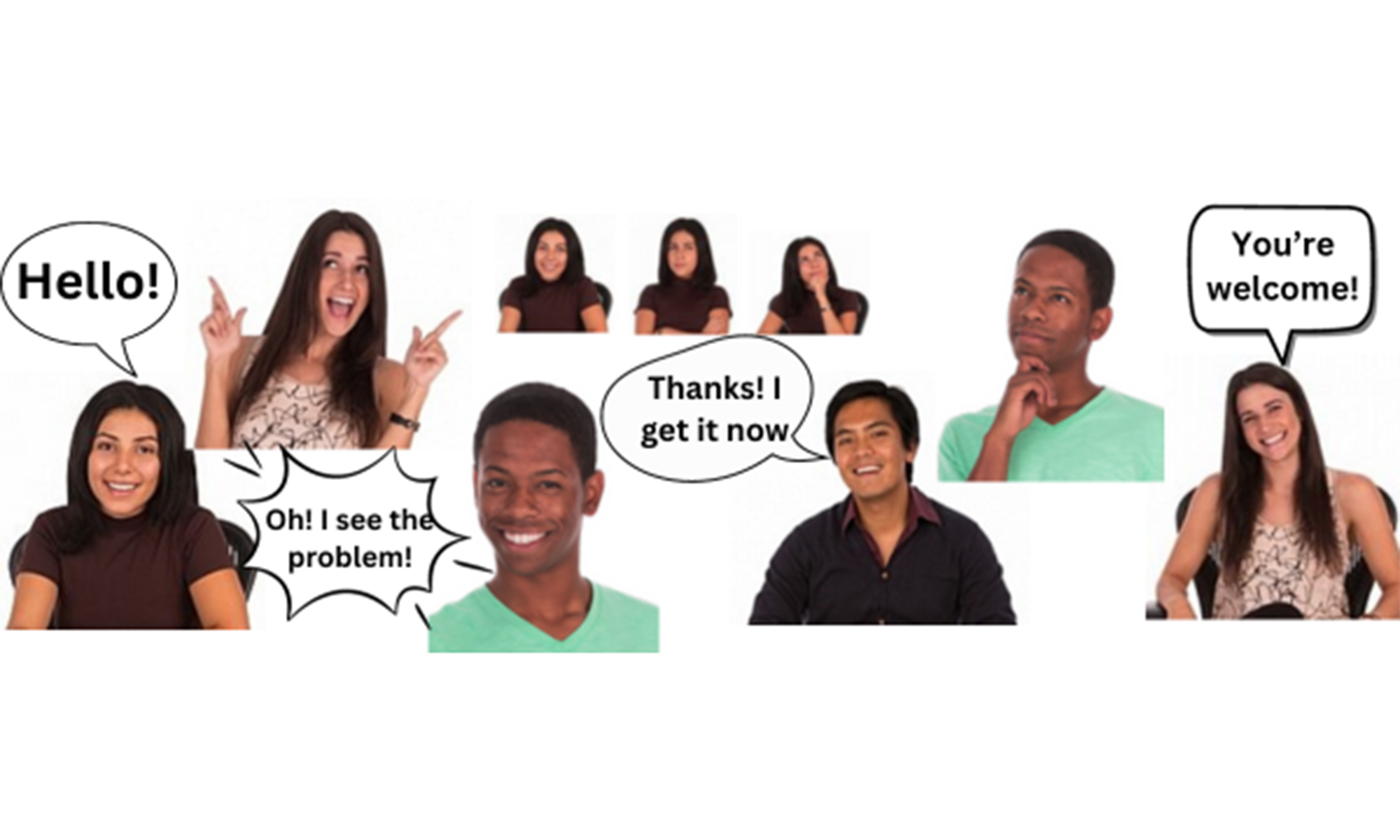Center for Excellence in Teaching and Learning
Kresge Library, Room 430
100 Library Drive
Rochester,
Michigan
48309-4479
(location map)
(248) 370-2751
[email protected]

Improving Lesson Content Using Pseudents
When planning content for the students in my online programming courses, I always consider strategies to improve my lesson effectiveness. One such strategy that I have found useful is to add pseudostudents or what I call pseudents into my lesson building.
Pseudents are imaginary students that I use to facilitate my awareness about what real students' needs are in learning course content and how I explain my ideas. More specifically, I think about questions real students might ask, how I would respond, and what they might misunderstand.
Employing this creative process reminds me that students are novices who need explicit instructions and of the importance of recognizing how my own expert blind spots may interfere in communicating course content to students.
How to create pseudents
Pseudents become part of my online courses by working alongside real students to model behavior and learning. Typically, I embed four pseudents with distinct personalities in each class.
To create my pseudents, I license images from eLearningArt, which is one of many extensive databases for online instructors. Using an editor of my choice to crop and resize images, I create poses and images that reflect different emotions such as satisfaction, excitement, frustration, and so on.
Why use pseudents?
In planning my lessons, pseudents help me predict student reactions and emotions and manage my content effectively. A more extensive example of embedding pseudents into lessons explains more about pseudents and includes suggestions for mitigating problems with worked examples.
Inserting these images into lessons is intentional, especially when it comes to showing students how to work through problems by modeling critical thinking and problem solving.
- Psuedents work through examples and make mistakes similar to real students. The lesson content demonstrates to students how pseudents discover, diagnose, and correct programming errors, but there may be risks; for example, students could mistake pseudent errors for correct procedures. Therefore, it is important to remind students how the pseudents serve as tools to aid in their problem solving strategies.
- Pseudents model the way I like real students to act. They encourage and help each other, ask challenging questions, and are always respectful. They are skeptical but not rude.
- Pseudents can oppose social stereotypes. For example, the most excitable geek in my programming courses is a woman.
References and Resources
Nathan, M. J., Koedinger, K. R., & Alibali, M. W. (2001, August). Expert blind spot: When content knowledge eclipses pedagogical content knowledge. In Proceedings of the third international conference on cognitive science (Vol. 644648, pp. 644-648).
Save and adapt a Google Doc version of this teaching tip.
About the Author
Kieran Mathieson is Associate Professor of management information systems in the Decision and Information Sciences department of the School of Business Administration. He studies ways of creating effective and scalable online courses. He's an old curmudgeon who loves dogs more than most people.
Edited by Rachel Smydra, a faculty fellow in the Center for Excellence in Teaching and Learning at Oakland University. Others may share and adapt under Creative Commons License CC BY-NC.
View all CETL Weekly Teaching Tips. Follow these and more on Facebook and LinkedIn.



